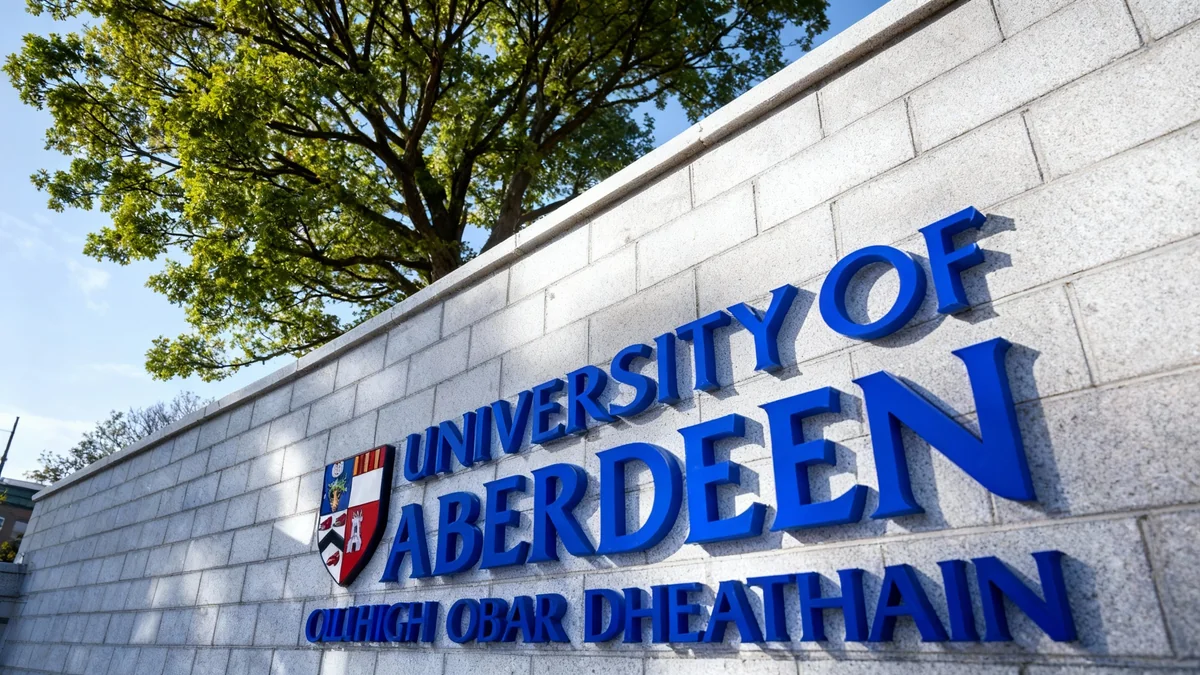Smith College, a private women's liberal arts college in Northampton, Massachusetts, has announced a significant new financial aid initiative. Starting in the fall of 2026, the institution will offer tuition-free enrollment for undergraduate students from families with annual incomes up to $150,000.
The policy is a central component of the college's 'Next 150 Pledge,' a campaign launched to mark its 150th anniversary. This move aims to make a Smith education more accessible and affordable for middle-income families, addressing a growing concern in American higher education.
Key Takeaways
- Smith College will provide free tuition to students from families earning up to $150,000 annually.
- The new financial aid program is scheduled to begin in the fall of 2026.
- All undergraduate students, including new, returning, transfer, and international students, are eligible.
- The initiative is part of the college's 'Next 150 Pledge' celebrating its sesquicentennial.
A Landmark Initiative for Accessibility
Smith College's decision establishes it as a leader in expanding access to higher education. The announcement is part of the 'Next 150 Pledge,' a forward-looking commitment by the college as it celebrates a century and a half of history. By removing the financial barrier of tuition for a significant portion of its student body, Smith aims to attract a more diverse and talented pool of applicants.
This policy change follows a similar move by Mount Holyoke College in South Hadley, indicating a regional trend among Massachusetts institutions to address the financial burdens faced by middle-class families. The goal is to ensure that a high-quality education is not limited to those at the highest and lowest ends of the income spectrum.
About Smith College
Founded in 1871, Smith College is one of the largest and most prestigious private liberal arts colleges for women in the United States. Located in Northampton, Massachusetts, it is a member of the Seven Sisters consortium of colleges. The institution is known for its rigorous academic programs and commitment to women's education and leadership.
Details of the Tuition-Free Program
The program is designed to be comprehensive and inclusive, covering a wide range of students within the Smith community. The primary eligibility requirement is a total family income of $150,000 or less, though the college has stated that typical family assets will also be considered in the assessment.
This policy is not restricted to incoming first-year students. All undergraduate students will be eligible for the program, regardless of when they initially enrolled. This includes a broad spectrum of the student population.
Who is Eligible?
- Entering first-year students
- Returning undergraduate students
- Transfer students
- Ada Comstock Scholars (students of non-traditional age)
- Both domestic and international students
This broad eligibility ensures that the benefits of the program are distributed widely across the entire student body, providing financial relief to current students as well as attracting new ones.
Program at a Glance
Income Threshold: Up to $150,000 per year
Start Date: Fall 2026
Eligible Students: All undergraduates
The Application and Review Process
Smith College has streamlined the process for students to access this new benefit. There will be no separate application required to be considered for the tuition-free program. Instead, eligibility will be automatically determined when a student completes their standard financial aid application.
Students must simply adhere to Smith's existing financial aid requirements and deadlines. The college's financial aid office will then assess each application based on the established income and asset criteria. According to the college, a family's eligibility will be reviewed annually to ensure they continue to meet the qualifications for the program.
This integrated approach is intended to make the process as simple and seamless as possible for students and their families, removing unnecessary administrative hurdles.
Joining a Growing Movement in Higher Education
Smith's new policy places it at the forefront of a growing movement among elite private colleges to increase affordability. For years, many top institutions have offered generous aid to low-income students, but middle-income families have often found themselves in a difficult position—earning too much to qualify for significant grants but not enough to comfortably afford soaring tuition costs.
Initiatives like the one at Smith College directly address this "middle-income squeeze." By setting a clear income threshold of $150,000, the college is sending a clear message that it is committed to supporting these families. This trend is particularly visible in Massachusetts, where a number of colleges are re-evaluating their financial aid strategies to remain competitive and accessible.
The long-term impact of such programs could be substantial. They may not only diversify the socioeconomic makeup of student bodies but also reduce the overall student loan debt burden for graduates, allowing them more freedom in their career choices after college. The success of these initiatives will likely be watched closely by other institutions across the country.





